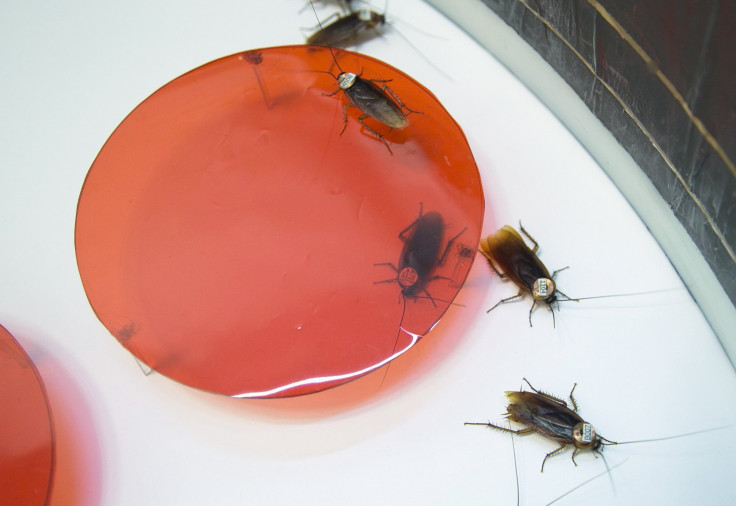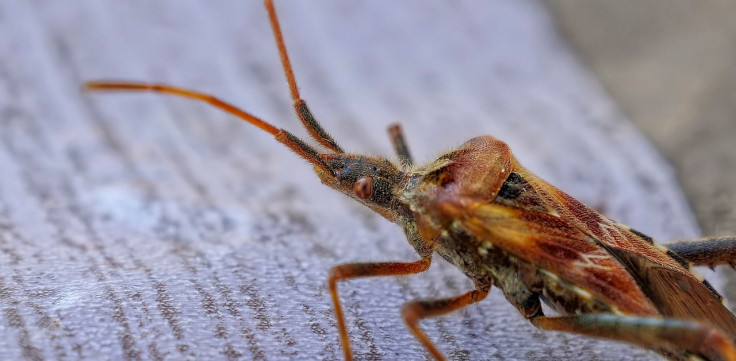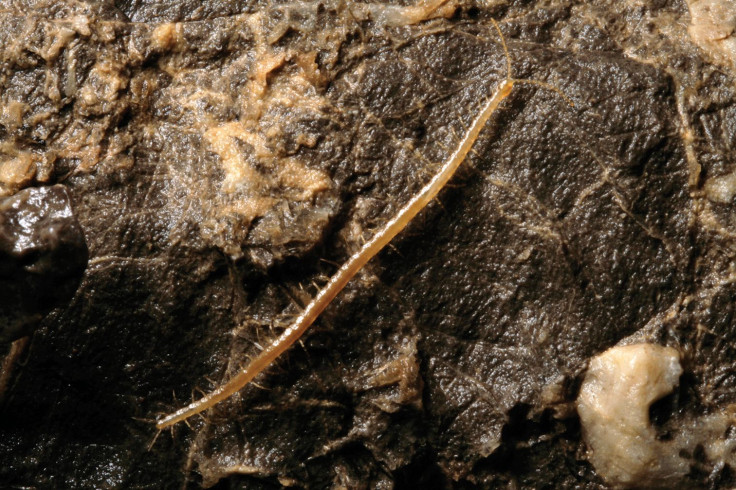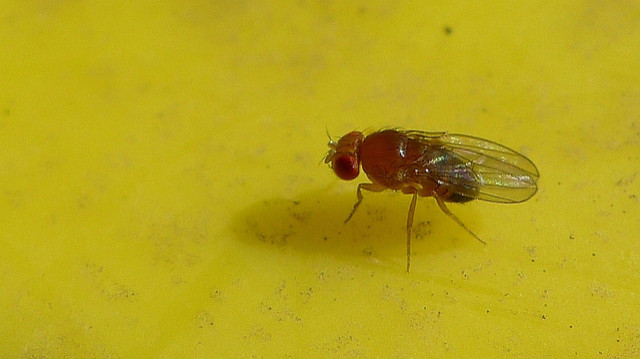World Pest Day: 8 Dirtiest Bugs & Insects On Earth You Should Avoid

KEY POINTS
- Pests infest so many households and exist in all parts of the world
- Cockroaches transmit salmonella, staphylococcus and even leprosy
- Mosquitoes may carry Chikungunya, dengue, yellow fever and Zika
For many people, pets are as much a part of their family as their human relatives. Switch up the last two letters, however, and you get a word that means something entirely different. Most families want to drive a pest out of their home as quickly as possible. They would even go through extreme measures to prevent pests from choosing their abode as these critters' new home.
Pests have infested so many households and exist in all parts of the world that there is now a dedicated World Pest Day, a day to raise awareness on effective pest management. From chemicals to natural ways of getting rid of pests, there is one that you can try the next time you see some bugs or insects hanging around in your backyard.
But what are the worst pests to have at home? Let's take a look at eight of the dirtiest, in no particular order:
1.
Cockroaches

When you first think of the word "pest," one particular kind may be on your mind. Cockroaches are one of the most resilient pests to exist – and they are one of the dirtiest too. They may transmit salmonella, staphylococcus, and even leprosy. Cockroaches are not inherently dirty, but they pick up germs and all sorts of illness-causing organisms on their feet when they move around. The same is true when they feed, which is an easy way to pick up bacteria.
Though they are not dirty on their own, they often inhabit dirty environments, such as sewers and drains. They may also hide away in leaf piles and firewood. Closer to home, they might be nesting in door thresholds, crawlspaces and hidden alcoves because they seek out damp and cool areas. They also emanate a strong smell when squished!
2.
Bed Bugs

One of the dirtiest bugs in the world may be hiding inside your bed mattress. But they are not limited to just your bed. They may also infest sofas and other surfaces where they can easily hide until they find a good time to feed. On your blood.
Though most species of bed bugs feed on humans as a last resort – that is, when there is no other prey around – just the idea of bugs feeding on your blood should be enough to make you want to throw away your mattress. And that is often necessary when you find evidence of bed bugs because they can infest other parts of the house. Bed bugs may be a part of the old sofa or clothes you got from the thrift store, so be careful with the items you bring into your home. They are small and flat, which helps them hide in mattresses, furniture, carpets, bedding and even bedroom clutter. In fact, they may also be hiding in the folds of your luggage.
3.
Ticks

Ticks are parasitic feeders just like many of the worst pests you'll encounter. There are different types of ticks, including those named for the type they prefer to infest. Cattle ticks, in particular, prefer livestock such as horses, sheep and cattle, so if you're tending to any of them, you'll want to inspect them for any sign of infestation. Dogs are also susceptible to tick infestation because they can easily hide in your pet's thick fur.
4.
House Centipede

If you hate spiders and centipedes, house centipedes will not be your best friend. Well, if you hate spiders more, then perhaps you can let a house centipede stay at home because it feeds on them, as well as bed bugs and cockroaches – some of the dirtiest pests listed above. However, house centipedes are venomous, and any of their legs can detach as a protective mechanism to get out of a predator's grasp. Just the sight of this alone will give you the creeps.
5.
Meal Moths

Guard your pantry against meal moths or pantry moths because, well, they love pantry staples. These include flour and cereal, which you may have in abundance at home. They also go for beans and dried fruit, and even pet food. They not only eat your pantry staples, but they may also lay their eggs in any nearby food matter. You definitely don't want to eat those!
6.
Fruit Flies

Speaking of insects that love food, fruit flies are some of the dirtiest and perhaps most annoying. You need to get rid of them before they lay their eggs all over your kitchen, which will only guarantee more annoying flying pests. Thankfully, it's easy to get rid of them using a mixture of dish soap and vinegar. Cover a bowl containing the mixture with plastic wrap and poke some holes in it. Leave it in your kitchen overnight to attract fruit flies and trap them inside. If you find fruit flies at home, it might also be a sign that you need to clean up because they are attracted to rotten fruit, among many things.
7.
Mosquitoes

Mosquitoes are not only dirty, but they may also carry fatal diseases such as malaria, Chikungunya, dengue, yellow fever and Zika virus. According to the American Mosquito Control Association, yearly, over a million people worldwide die from diseases carried by mosquitoes. Your beloved cats and dogs may not be affected by mosquito-borne illnesses, but they may be infected by heartworms transmitted by mosquitoes.
8.
Fleas

Other pests that may endanger your pets are fleas. Fleas are sneaky in that they can hitch a ride from your pests when they come in after playing outdoors. Unlike bed bugs that wait before they bite, fleas jump around a lot – which gives you a hint of their presence. You'll also notice your pets scratching furiously at their fur, a sign that fleas are biting them. Pet treatments come in different forms, so it will be easy to protect your pets from them, but beware that they are more active in warmer months. If you don't have a pet, you're not in the clear because fleas will bite anyone. They are attracted to vibrations, movement, body heat and breathing.
© Copyright IBTimes 2025. All rights reserved.





















